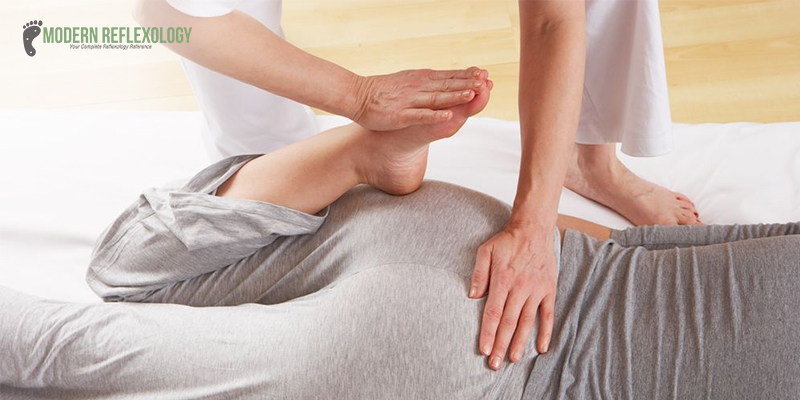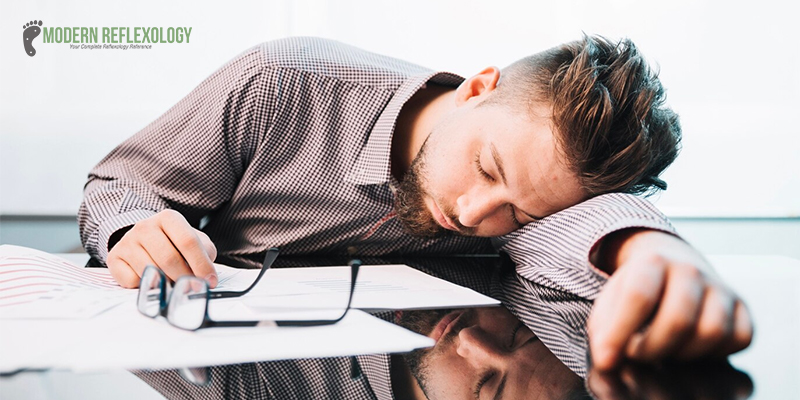Originating in Japan, shiatsu massage has become a popular health treatment that is currently done all over the world. By exerting pressure on body parts with their hands, fingers, and elbows, shiatsu therapists assist in the restoration of the body’s healthy energy. By tracing the body’s energy lines, the massage helps to increase circulation and relieve tense muscles. This makes it a fantastic therapeutic choice for anyone with chronic pain and for anyone trying to lower their stress levels. The practice of massage has been around for thousands of years. Shiatsu is one of the various massage treatments individuals seek for relief, healing, and relaxation.
What is Shiatsu Massage?
Bodywork called shiatsu has its roots in Japan. It combines Western medical knowledge with ancient Japanese manual therapies, including acupuncture and Anma, an antiquated form of Japanese massage. Shiatsu, a type of massage therapy that involves applying pressure to areas of the body to elevate lymphatic and blood circulation and relieve stress and exhaustion, is seen by medical specialists as a modified version of acupressure. The idea of Qi is the foundation of shiatsu. According to traditional Chinese medicine, Qi is the essential life force that propels all life activity. It holds that unhindered Qi flow is conducive to wellness. Symptoms include headaches, stomach problems, and bodily pain that appear when it becomes insufficient or obstructed. On balance or clear obstructions in the flow of energy (Qi), a shiatsu therapist applies pressure on the body’s meridians, which are areas thought to be energy channels. Although the term “shiatsu” refers to finger pressure, a shiatsu therapist may also apply pressure along energy lines or routes with their palms, elbows, and feet to release tension and discomfort in the body.
How Does Shiatsu Massage Work?

Shiatsu massage therapy uses pressure applied to different parts of the body’s surface using the fingers, thumbs, and palms to assist in treating common illnesses and imbalances in the body. Applying pressure to specific body locations facilitates the passage of energy and addresses imbalances across the patient’s body. Shiatsu is a profoundly soothing experience and aids in treating pain and illness, stress relief, and general health and well-being.
Shiatsu stimulates the lymphatic, hormonal, and circulatory systems while regulating the activity of the autonomic nervous system. Shiatsu can treat various conditions, including bronchitis, sinusitis, sprains, arthritis, sciatica, acute and chronic neck and back pain, and poor posture.
Benefits of Shiatsu Massage
Shiatsu may impact the brain’s neurotransmitters, elevating dopamine and serotonin levels, which may lessen anxiety. Although there aren’t many high-quality studies on Shiatsu massage that have been published, the following are some advantages that researchers have so far discovered:
Boosts Positive Energy
Harmonizing the body’s energy, sometimes called qi or chi, is one of the primary goals of Shiatsu massage. Shiatsu therapists are skilled in this technique and can intentionally apply pressure and relieve tension to enhance the overall health of your body. The treatment aims to promote a healthy flow of the body’s essential energy by working with your body’s meridians, or energy pathways.
Lessons Back Discomfort
Shiatsu massage helps reduce back pain and stiffness by releasing tension in the area. This will lessen back discomfort, enhance posture, and increase back mobility.
Lessons Persistent Discomfort
Shiatsu massage has been demonstrated to relieve chronic pain, including arthritis, in addition to back discomfort. Enhancing blood flow and circulation throughout the body is how the treatment works, which can help injured muscles heal. Additionally, it eases physical tension and encourages relaxation to lessen chronic pain.
Enhances Blood Flow
Shiatsu massage boosts blood flow, which oxygenates muscles and flushes the body of stress chemicals. This is a fantastic way to improve your mood and hasten the healing of aching muscles. This massage can be the ideal post-recovery treatment if you recently completed a strenuous workout.
Lessens Anxiety and Tension
It has been discovered that massage therapy lowers tension and anxiety levels. Shiatsu massage is particularly effective at loosening tense muscles and producing endorphins to improve your mood. You can unwind and relish the release of muscle tension after this treatment. It seeks to restore equilibrium to the body while averting additional stress accumulation.
Enhances Slumber
Studies have indicated that Shiatsu massage can enhance sleep quality, particularly for individuals with insomnia. In addition to removing toxins from the body, the treatment can lessen stress and chronic pain. Because of this, many people should feel more at ease and prepared for a restful night’s sleep.
Reduces Tiredness

Decreased weariness is generally correlated with improved sleep quality. It has been demonstrated that shiatsu massage enhances sleep quality and reduces weariness, giving you more energy to manage your hectic schedule.
Alleviates Intestinal Problems and Constipation
Shiatsu massage helps ease the discomfort associated with constipation. Your body will relax throughout the massage, which will aid in easing constipation by releasing the muscles in your colon and intestines.
Shiatsu Side Effects
According to studies, Shiatsu is typically safe. However, some patients report slight adverse effects a few minutes or hours after the therapy. Following a Shiatsu treatment, typical side effects include:
- Stiffness in the muscles
- Fatigue
- Pain
- Headache
The good news is that these adverse effects will eventually go away. See your therapist or a medical expert for more advice if the effects do not disappear. Your therapist should review your medical history if you’re considering getting a professional shiatsu massage to determine whether you have any health issues. A more delicate touch may be necessary for conditions including osteoporosis, which weakens the bones, and low platelet counts in the blood. Shiatsu massage therapy may also have adverse effects on patients who have:
- Shattered limbs Rash
- Open wound
- Infectious diseases such as chicken pox Burns
- Leukemia
- Unmanaged diabetes
To assist determine whether shiatsu treatment is safe for you, it’s crucial to let your therapist know about any underlying medical concerns you may have or if you’re receiving treatment for any sickness.
Final Words
Within the holistic wellness field, Shiatsu massage treatment is a traditional Japanese method that has been practiced for a long time. Through exploring this extensive manual, we have discovered the essence of Shiatsu, a healing process beyond simple physical contact. Shiatsu represents a delicate energy dance along meridians, originating with finger pressure and embodying a profound link between body, mind, and spirit. When administered by qualified professionals, shiatsu can be a potent means of regaining equilibrium and energy. This massage technique releases blockages in the energy flow by focusing on places on the body. It provides relief from stress, tension, and a variety of health issues. Shiatsu has profound effects beyond material gains; it creates a sense of balance that lasts long after the treatment. As we get to the end of our investigation into the world of Shiatsu massage, its influence goes beyond the physical realm. It’s a call to accept the age-old knowledge that emphasizes the body’s inherent capacity for healing and to reestablish a connection with oneself.



Comments are closed